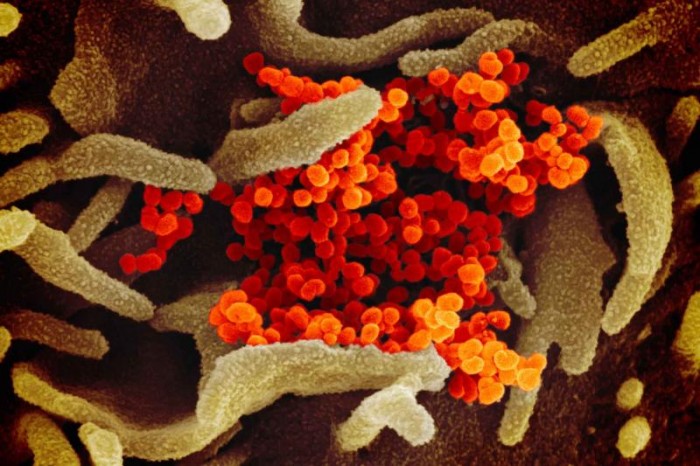The Pirbright Institute will be using pigs to test the safety of new vaccines being developed to control COVID-19.
Pirbright, a world leading centre of excellence in research and surveillance of virus diseases of farm animals and viruses that spread from animals to humans, is joining in the global battle to develop vaccines to protect against the virus causing the current pandemic.
Working in collaboration with researchers at the University of Oxford and Public Health England, a team of scientists at the Surrey institute will begin testing new vaccines for their ability to induce protective antibodies against SARS-CoV-2.
The vaccines will include the chimpanzee adenovirus vaccine vector (ChAdOx1), which is soon to enter human phase I clinical trials and has been used to create vaccines for diseases like Ebola, Middle Eastern respiratory syndrome (MERS) and flu.
The vaccine candidates developed at Oxford will contain the spike protein from SARS-CoV-2, the protein against which protective antibodies are generated in infected patients.
Pirbright scientists will measure the level of antibodies produced after vaccination of pigs and assess whether the antibodies can block SARS-CoV-2 from infecting cells, thereby preventing infection.
Importantly, the pig immune system shares significant similarities to that of humans, so a good response to a vaccine in pigs will help to predict the success of vaccines for human use. Researchers will also test the safety of the new vaccines and monitor whether any adverse effects are observed in the pigs.
“This work will inform the development of vaccines that are both effective and safe for humans. If successful, the next step would be to begin human trials, although a useable vaccine is still many months away,” Pirbright said.
Pirbright is one of few facilities in the world that has the expertise in animal immunology and the state-of-the-art virology facilities required to undertake this type of work.
Pigs have previously been used as a large animal model in research on influenza viruses because they have a very similar respiratory system to humans, are naturally infected by influenza viruses and produce antibodies with similar characteristics as humans. They are therefore an appropriate model to use in this urgent coronavirus research, the institute said.
Professor Bryan Charleston, Director of The Pirbright Institute, said: “This work is a fantastic collaboration between world-leading medical and veterinary scientists in immunology, virology and molecular biology.”
SARS-CoV-2 is thought to have emerged from an animal reservoir (such as bats) and jumped into the human population, first appearing in China in December 2019 before going on to cause the current pandemic. Scientists around the world are racing to find a vaccine and understand more about the mechanisms the virus uses to invade the body and replicate, and why it causes more severe disease in some individuals.
Pirbright has a long history of research on livestock coronaviruses including porcine coronaviruses, which affect pigs, and infectious bronchitis virus (IBV) that affects poultry.
The animal studies are funded by The Pirbright Institute from BBSRC UK Research and Innovation (UKRI) Institute Strategic Programme Grants.
Image: This scanning electron microscope image shows SARS-CoV-2 (orange) isolated from a patient in the U.S., emerging from the surface of cells (brown) cultured in the lab. Credit: NIAID-RML




